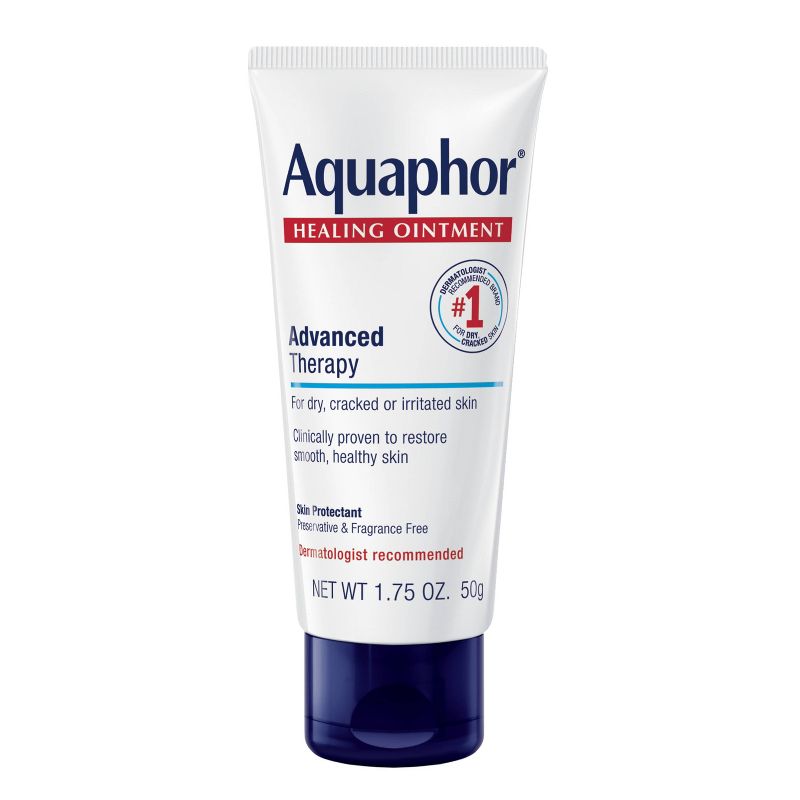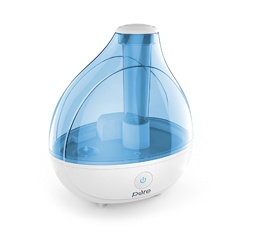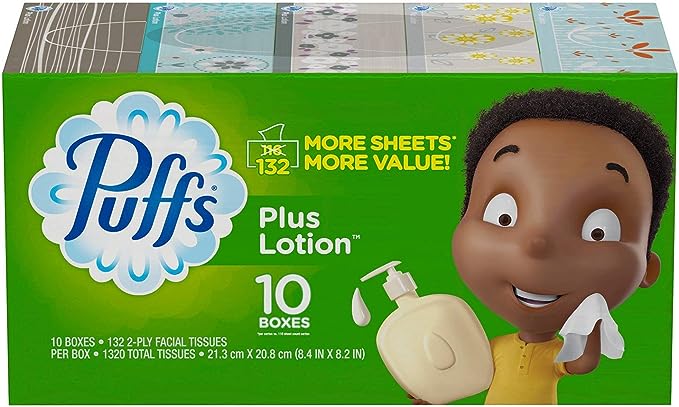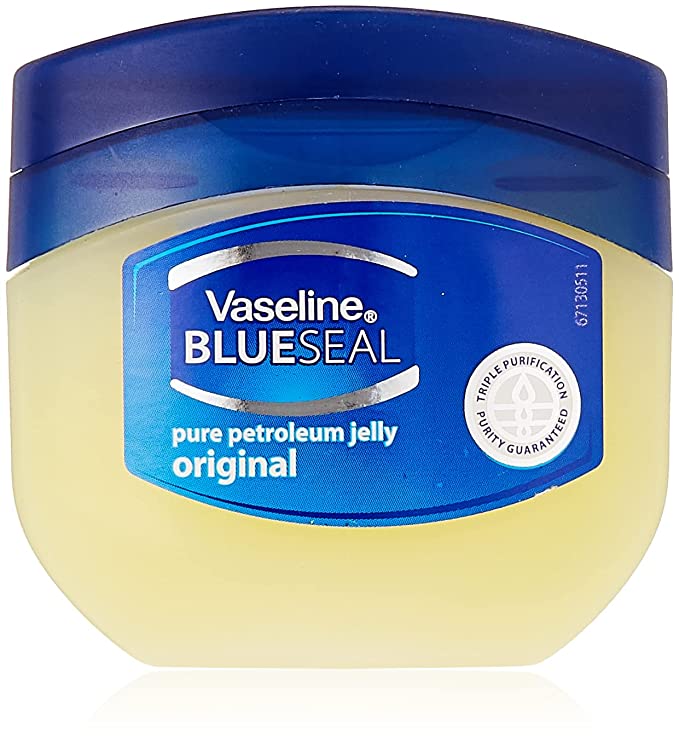The 4 Best Chapped Nose Remedies for Healing Quickly, Plus Products to Try
Runny-nose struggles are real and long-lasting. It's annoying and expensive to go through multiple tissue boxes, but can also be straight-up painful. Even after a nasty cold has subsided, you're often left with a red, dry, and chapped sniffer. If you're wondering how to heal chapped nose-related redness and soreness, the truth is that it takes more than a slathering of lotion (which is bound to wipe off). Luckily, according to New York City-based dermatologist Dendy Engelman, MD, there are several methods that are much more effective at banishing that Rudolph-the-Red-Nose-Reindeer look in a snap.
- Courtney Rubin, MD, MBE, FAAD, board-certified dermatologist and co-founder of Fig.1
- Dendy Engelman, MD, FACMS, FAAD, board-certified dermatologic surgeon at Shafer Clinic Fifth Avenue in New York City
Wait, why is my nose raw and crusty?
Dr. Courtney Rubin, MD, a board-certified dermatologist and co-founder and chief medical officer at Fig.1, explains that chapped noses during and after a cold happen for a few reasons. “Exposure to constant moisture—in the form of a running nose—breaks down the skin barrier and leads to cracks and dryness,” she says. “In addition, frequent rubbing and wiping from tissues can also cause irritation and inflammation in the skin.”
The result? A nose that appears inflamed (think pink or red in color) and feels dry, cracked, dull, or flaky, Dr. Rubin says. In severe cases, she adds your nose may even be prone to bleeding. Other times, she notes there may be no obvious or visible signs of irritation, but you’ll know you have a chapped nose because it feels sensitive and irritated.
{{post.sponsorText}}
And chapped noses are not just a result of colds. Dr. Rubin says anything that causes friction or mechanical abrasion against the tip of the nose, such as allergies, can lead to chapping.
So, unfortunately, Dr. Rubin says because a runny nose (moisture) plus rubbing (from tissues) equals a high probability of getting a chapped nose, there isn’t too much you can do to prevent it from happening. The good news? There are things you can do to soothe a raw nose using a few key products that you likely already have at home. Read on for a handful of derm-recommended dry nose treatments.
The best ways to treat your chapped nose after a cold
1. Use ointments or balms
Ointments and balms create a protective barrier with some serious staying power. "They're the most hydrating products you can use to quickly rehab dry or chapped skin. Apply them on any red areas, and don’t forget to reapply throughout the day," says Dr. Engelman. "When buying a product, look for calming ingredients like oatmeal, shea butter, and aloe. I also recommend Aquaphor."
2. Get a humidifier
Sometimes the best way to heal skin doesn't involve directly applying a product to the affected area at all, but rather improving the surrounding conditions. "When it's cold outside, there's less moisture in the air. This makes it easier for the nose to get dryer quicker," Dr. Engelman says. "I like using humidifiers to add moisture back into the air. This will support the skin's natural moisture barrier instead of stripping it."
3. Rethink your tissues
When you're constantly blowing your stuffy nose, you don't want to skimp and buy scratchy tissues (or worse yet, use toilet paper). Instead, make sure you're using a gentle product that causes minimal damage. "The less irritation to the area, the better," says Dr. Engelman. "Try to gently blow your nose on a soft tissue. There are great options available, like Puffs Plus Lotion, that add lotion or other soothing benefits."
4. Apply Vaseline (aka petroleum jelly)
You can’t go wrong with some good ol’ petroleum jelly, which happens to be Dr. Rubin’s favorite remedy for a chapped, raw nose. “It serves as a skin protectant, re-enforces a broken-down skin barrier, and promotes an optimal wound healing environment,” she says.
Dr. Rubin adds that petroleum jelly is even safe to put inside your nose if it’s feeling dry and chapped on the inside too. “Take a small amount of Vaseline on the tip of a Q-tip and gently apply to the insides of the nostrils to moisturize,” she says.
How long does it take to fix a chapped nose?
By implementing the above raw nose remedies, Dr. Rubin says a chapped nose should fully heal within a few weeks once the exposure to moisture and friction is removed.
Other chapped-skin conditions and treatment tips
In addition to a raw nose after a cold, there are also various other reasons why skin may become dry and chapped:
- It's cold out there. Dry skin around the nose, specifically, can also be caused by exposure to cold temperatures, UV damage, and beauty product build-up.
- You might have an underlying skin condition. A super dry and flaky nose can also point to skin conditions such as rosacea or seborrheic dermatitis. In these cases, moisturizing the skin around the nose, drinking enough water, going easy with physical exfoliants, and seeing a dermatologist is recommended.
- You've been (wind) burned. Super dry skin and windburn look and feel similar (think redness and irritation). So, to tell the difference between dry skin and windburn, think back to what you were doing right before it started. If your were outside and your nose (or other body part) was exposed to cold temperatures without protection, it’s likely windburn. "Windburns are the result of cold temperatures as well as low humidity in the air,” Dr. Engleman previously told Well + Good. “The combination depletes the natural oils in the skin, making it vulnerable to dryness and redness.” To treat windburn, she says the key is to consistently apply a thick balm to keep your skin protected and moisturize locked in.
There’s also chapped lips to deal with. To get rid of chapped lips, there are a few key things to do including using products with fewer ingredients and avoiding messing with your lips, which only exacerbates irritation. And if your lips are really irritated, don’t wait to see a professional as it may be more of an allergy situation versus chapped lips. To heal cracked lip corners, in particular, be sure to slather on balm and stay well-hydrated. Humidifiers can also be helpful for soothing chapped lip corners.
Whatever dry skin condition you’re dealing with, the advice seems to be universal across the board: Keep the area moisturized and protected as much as possible.
Chapped nose prevention
- Practice good hygiene: In this day and age, we all know how important it is to wash our hands, but we'll cover it here anyway. Maintaining good hand hygiene can help minimize the chances of catching a cold in the first place, which means you're less likely to develop a runny (and inevitably chapped) nose.
- Moisturize moisturize moisturize: As our experts have reiterated, keeping the skin on your face hydrated is key. When temperatures drop, it's important to use a moisturizer that keeps your skin on the defensive against the elements. If your current moisturizer feels lightweight, it might be time to level up to a formula that's designed for dry skin.
- Try not to rub: We know it's hard, but when you've got the sniffles it's important to not scrape away at your tender little nostrils. Be delicate with your skin, invest in soft tissues with moisturizers, and make sure you're blowing your nose correctly, too!
- Keep an eye on recurring trends: If you notice your nose is chapped more often than not, it's probably time to see your dermatologist. They'll be able to help you understand the root cause and create a game plan for treatment.
Frequently asked questions
Is petroleum jelly bad for you?
Not at all. While petroleum jelly starts as a petroleum byproduct, it's highly refined and completely safe to use on your chapped nose (and anywhere else you have dry, chapped skin!). Just note that, because petroleum jelly locks in moisture, it can clog pores. That means folks with oily or acne-prone skin may experience breakouts, particularly when using it on their face.
What does it mean when your nose is chapped?
If your nose is chapped, it means the skin is irritated and dry. While this is sometimes inevitable during colder weather or bouts of sickness, re-moisturizing the skin and treating the inflamed are with some TLC (think: applying a soothing balm, sleeping with a humidifier) can help get your sniffer back to normal.
Loading More Posts...



